Multi-Objective Prediction of the Sound Insulation Performance of a Vehicle Body System Using Multiple Kernel Learning–Support Vector Regression
Abstract
1. Introduction
1.1. Background
1.2. Status of the Research on Sound Insulation Performance
1.3. Contributions and Structure
- To enhance the prediction accuracy of the model, we introduce a multi-kernel learning (MKL) method in conjunction with the traditional support vector regression approach. The SVR model is refined using Gaussian, polynomial, and sigmoid kernels to improve the precision and robustness of the model predictions.
- Using an in-depth analysis of components closely linked to sound insulation performance in the noise transmission path, we determine and sequentially correlate quantitative indices for the sound absorption and insulation of each component. Subsequently, we propose a prediction method for the sound insulation performance of the vehicle body system.
- In order to predict the interior noise performance of multi-frequency points under different working conditions at the same time, the single-kernel SVR and MKL-SVR methods are used to predict the interior noise of 17 one-third octave intervals.
2. The Multi-Kernel Learning–Support Vector Machine
2.1. A Brief Introduction to SVR
2.2. Introduction to MKL-SVR Theory
3. Experimental Test and Data Collection
3.1. Analysis Method for Sound Insulation Performance of the Car Body System
3.2. Sound Insulation Performance Test
3.3. Sound Absorption Performance Test
3.4. Data Augmentation
4. Application and Validation of the Proposed Method
4.1. Data Pre-Processing
4.2. Establishing the Prediction Model of Sound Insulation Performance of the MKL-SVR Model
4.3. Prediction and Comparative Analysis of the Sound Insulation Performance of the MKL-SVR Model
4.4. Sound Insulation Performance Verification of the MKL-SVR Model
5. Conclusions
- (1)
- A decomposition framework for predicting the sound insulation performance of the body system is established based on the analysis of the noise transmission path. This framework comprises the ‘vehicle level’, ‘component level’, and ‘panel level’, encompassing the dominant propagation mechanism of air sound in a vehicle, such as ‘tire noise’. Quantitative indicators of sound absorption and insulation performance for each unit at different levels are determined and correlated from top to bottom. The sound insulation performance of the body system is predicted step by step from bottom to top, aiming to reveal the quantitative relationship between related unit indicators within the hierarchical system.
- (2)
- The SVR method is introduced based on the decomposition architecture to elucidate the quantitative relationship between related unit indexes within the hierarchical system. This step is taken to overcome inherent weaknesses in conventional CAE processes, including challenging physical mechanisms, cumbersome basic data preparation, and modeling operations. Consequently, a machine learning model for predicting the sound insulation performance of the body system is established, laying a foundation for ensuring prediction accuracy and efficiency. In specific processing, sound absorption and insulation performance indicators at each level are presented in the form of a ‘frequency characteristic curve’. Given that the single-kernel SVR model necessitates characterizing the mapping relationship between corresponding frequency data of related element indicators, a ‘step-by-step and frequency-by-frequency analysis’ data processing format is used. Subsequently, the MKL method is used to introduce the weighted kernel, enhancing the processing effectiveness of the single-kernel SVR model.
- (3)
- The proposed method underwent application and testing on a specific vehicle model, involving core aspects such as sample data structure, data sample expansion in machine learning, SVR prediction model configuration, and model training, testing, and verification. The results demonstrate excellent agreement between predicted and real values. In comparison with the single-kernel learning mode, the MKL mode significantly improves prediction accuracy and stability. The evident advantages in prediction accuracy indicate a promising prospect for the widespread adoption and application of the proposed method.
- (4)
- The MKL-SVR method has high accuracy in solving complex problems of high-dimensional and heterogeneous data, and the effectiveness of this method is widely recognized in various fields. However, this method also lacks a theoretical basis for the selection and combination of basic kernels. Using a repeated learning SVR model to determine the weight relationship between multiple kernel functions will increase the workload, and the learning efficiency of the MKL learning method for large-scale data sets will be low. The existence of these problems makes the research of multi-kernel learning support vector learning still worthy of in-depth discussion by researchers.
Author Contributions
Funding
Data Availability Statement
Conflicts of Interest
References
- Pietrusiak, D.; Wróbel, J.; Czechowski, M.; Fiebig, W. Numerical and Experimental NVH Testing of Vehicle Components—From Simple Part to Complex Assembly. MATEC Web Conf. 2022, 357, 12. [Google Scholar] [CrossRef]
- Lee, J.; Shin, J.; Kwon, O.C.; Kim, G. A study on configuration of acoustic package for towed array sonar using design of experiments. J. Acoust. Soc. Korea 2019, 2, 200–206. [Google Scholar] [CrossRef]
- Zhang, Y.; Li, L.; Zhu, Q. Structure-borne Noise Differences of Metro Vehicle Running on Different Tracks. KSCE J. Civ. Eng. 2023, 27, 3861–3871. [Google Scholar] [CrossRef]
- Mao, Z.; Lin, Y.S. Application of sound package material in noise reduction of motor. Vibroengineering Procedia 2021, 36, 27702–27718. [Google Scholar] [CrossRef]
- Oettle, N.; Sims, W.D. Automotive aeroacoustics: An overview. Proc. Inst. Mech. Eng. Part D J. Automob. Eng. 2017, 231, 1177–1189. [Google Scholar] [CrossRef]
- Neubauer, R.O. Advanced Rating Method of Airborne Sound Insulation. Appl. Sci. 2016, 6, 322. [Google Scholar] [CrossRef]
- Fernández de las Heras, M.J.; Chimeno Manguán, M.; Roibás Millán, E.; Simón Hidalgo, F. Determination of SEA loss factors by Monte Carlo Filtering. J. Sound Vib. 2020, 479. [Google Scholar] [CrossRef]
- Sohrabi, S.; Segura Torres, A.; Cierco Molins, E.; Perazzolo, A.; Bizzarro, G.; Rodríguez Sorribes, P.V. A Comparative Study of a Hybrid Experimental–Statistical Energy Analysis Model with Advanced Transfer Path Analysis for Analyzing Interior Noise of a Tiltrotor Aircraft. Appl. Sci. 2023, 13, 12128. [Google Scholar] [CrossRef]
- Zhang, J.; Xiao, X.; Sheng, X.; Yao, D.; Wang, R. An acoustic design procedure for controlling interior noise of high-speed trains. Appl. Acoust. 2020, 168, 107419. [Google Scholar] [CrossRef]
- Chen, S.; Zhou, Z.; Zhang, J. Multi-objective optimisation of automobile sound package with non-smooth surface based on grey theory and particle swarm optimisation. Int. J. Veh. Des. 2022, 88, 238–259. [Google Scholar] [CrossRef]
- Kamal, K.; Luca, A.; Noureddine, A. Comments on the validity of transfer matrix based models for the prediction of the effect of curved sound packages. J. Sound Vib. 2020, 465, 114990. [Google Scholar] [CrossRef]
- Jin, J.; Zhu, C.; Wu, R.; Liu, Y.; Li, M. Comparative noise reduction effect of sound barrier based on statistical energy analysis. J. Comput. Methods Sci. Eng. 2021, 21, 737–745. [Google Scholar] [CrossRef]
- Su, J.; Zheng, L.; Deng, Z.; Jiang, Y. Research Progress on High-Intermediate Frequency Extension Methods of SEA. Shock. Vib. 2019, 2019, 4192437. [Google Scholar] [CrossRef]
- Hugues, P.; Elsa, P.; Annie, R. An acoustic trade-off chart for the design of multilayer acoustic packages. Appl. Acoust. 2019, 148, 9–18. [Google Scholar] [CrossRef]
- Wang, F.; Chen, Z.; Wu, C.; Yang, Y. Prediction on sound insulation properties of ultrafine glass wool mats with artificial neural networks. Appl. Acoust. 2019, 146, 164–171. [Google Scholar] [CrossRef]
- Satyanarayana, G.S.R.; Deshmukh, P.; Das, S. Vehicle detection and classification with spatio-temporal information obtained from CNN. Displays 2022, 75, 102294. [Google Scholar] [CrossRef]
- Ju, H.J.; Sung, S.Y.; Yeon, J.K. Estimation of sound absorption coefficient of layered fibrous material using artificial neural networks. Appl. Acoust. 2020, 169, 107476. [Google Scholar] [CrossRef]
- Lee, H.; Kim, D.; Gu, J. Prediction of Food Factory Energy Consumption Using MLP and SVR Algorithms. Energies 2023, 16, 1550. [Google Scholar] [CrossRef]
- Huang, H.; Huang, X.; Ding, W.; Yang, M.; Yu, X.; Pang, J. Vehicle vibro-acoustical comfort optimization using a multi-objective interval analysis method. Expert Syst. Appl. 2023, 213, 119001. [Google Scholar] [CrossRef]
- Choi, D.; Yim, J.; Baek, M.; Lee, S. Machine learning-based vehicle trajectory prediction using v2v communications and on-board sensors. Electronics 2021, 10, 420. [Google Scholar] [CrossRef]
- Huang, H.; Lim, T.C.; Wu, J.; Ding, W.; Pang, J. Multitarget prediction and optimization of pure electric vehicle tire/road airborne noise sound quality based on a knowledge-and data-driven method. Mech. Syst. Signal Process. 2023, 197, 15. [Google Scholar] [CrossRef]
- Pau, D.; Ben, Y.W.; Aymone, F.M.; Licciardo, G.D.; Vitolo, P.T. Tiny Machine Learning Zoo for Long-Term Compensation of Pressure Sensor Drifts. Electronics 2023, 12, 4819. [Google Scholar] [CrossRef]
- Hu, S.; Meng, Y.; Zhang, Y. Prediction Method for Sugarcane Syrup Brix Based on Improved Support Vector Regression. Electronics 2023, 12, 1535. [Google Scholar] [CrossRef]
- Xian, H.; Che, J. Unified whale optimization algorithm based multi-kernel SVR ensemble learning for wind speed forecasting. Appl. Soft Comput. J. 2022, 130, 109690. [Google Scholar] [CrossRef]
- Xiao, J.; Wei, C.; Liu, Y. Speed estimation of traffic flow using multiple kernel support vector regression. Phys. A Stat. Mech. Its Appl. 2018, 509, 989–997. [Google Scholar] [CrossRef]
- Huang, H.; Huang, X.; Ding, W.; Zhang, S.; Pang, J. Optimization of electric vehicle sound package based on LSTM with an adaptive learning rate forest and multiple-level multiple-object method. Mech. Syst. Signal Process. 2023, 187, 109932. [Google Scholar] [CrossRef]
- Huang, H.; Huang, X.; Ding, W.; Yang, M.; Fan, D.; Pang, J. Uncertainty optimization of pure electric vehicle interior tire/road noise comfort based on data-driven. Mech. Syst. Signal Process. 2022, 165, 15. [Google Scholar] [CrossRef]
- Huang, X.; Huang, H.; Wu, J.; Yang, M.; Ding, W. Sound quality prediction and improving of vehicle interior noise based on deep convolutional neural networks. Expert Syst. Appl. 2020, 160, 1. [Google Scholar] [CrossRef]
- Wu, R.; Liu, B.; Fu, J.; Xu, M.; Fu, P.; Li, J. Research and Implementation of ε-SVR Training Method Based on FPGA. Electronics 2019, 8, 919. [Google Scholar] [CrossRef]
- Sheng, B.; Li, J.; Xiao, F.; Yang, W. Multilayer deep features with multiple kernel learning for action recognition. Neurocomputing 2020, 399, 65–74. [Google Scholar] [CrossRef]
- Chen, B.; Zheng, K.D.; Wang, K.H. Research on multi-kernel support vector regression method. Intell. Comput. Appl. 2019, 1, 188–191. Available online: https://www.cqvip.com/qk/94259a/20191/7001054339.html (accessed on 30 January 2019).
- Wang, X.; Zheng, Q.; Zheng, K.; Wu, T. User Authentication Method Based on MKL for Keystroke and Mouse Behavioral Feature Fusion. Secur. Commun. Netw. 2020, 2020, 9282380. [Google Scholar] [CrossRef]
- Sheng, H.; Wang, S.T. Style regularized least squares support vector machine based on multi-kernel learning. Comput. Sci. Explor. 2020, 9, 1532–1544. Available online: https://kns.cnki.net/kcms2/article/abstract?v=GARc9QQj0GWx0EZ7eNx0g-pNDGz75x9QFofDaHm-bdESuPeD0fa3t0nW3kzEjSB254Ui_CQHQggcLMGn7lyP77wYjXp09D-ui-hivxLkSk8waOiWichVqH2iOp9CaU9kQOEGW0LKAR40cDSVfa0uFg==&uniplatform=NZKPT&language=CHS (accessed on 1 September 2019).
- Sedigheh, M.; Shahryar, R.; Mohammad, E.S. Multilevel framework for large-scale global optimization. Soft Comput. 2017, 21, 4111–4140. [Google Scholar] [CrossRef]
- Wijegunawardana, I.D.; De Mel, W.R. Biomimetic designs for automobile engineering: A review. Int. J. Automot. Mech. Eng. 2021, 18, 9029–9041. [Google Scholar] [CrossRef]
- Salmani, H.; Khalkhali, A.; Mohsenifar, A. A practical procedure for vehicle sound package design using statistical energy analysis. Proc. Inst. Mech. Eng. Part D J. Automob. Eng. 2023, 237, 3054–3069. [Google Scholar] [CrossRef]
- Huang, H.; Wu, J.H.; Lim, T.C.; Yang, M.; Ding, W. Pure electric vehicle nonstationary interior sound quality prediction based on deep CNNs with an adaptable learning rate tree. Mech. Syst. Signal Process. 2021, 148, 107170. [Google Scholar] [CrossRef]
- Basani, S.; Murthy, P.S.S.; Eswaraiah, K. Hierarchical parallel processing for design optimization—A case study. Mater. Today Proc. 2018, 2, 5117–5123. [Google Scholar] [CrossRef]
- Li, H.; Zheng, X.; Dai, W.; Qiu, Y. Prediction of Ride Comfort of High-Speed Trains Based on Train Seat–Human Body Coupled Dynamics Model. Appl. Sci. 2022, 12, 12900. [Google Scholar] [CrossRef]
- GB/Z 27764-2011; Measurement of Sound Transmission Loss in Acoustic Impedance Tube. National Acoustic Standardization Technical Committee, Standards Press of China: Beijing, China, 2011.
- ISO 15186-1-2003; Acoustics Measurement of Sound Insulation in Buildings and of Building Elements Using Sound Intensity. International Organization for Standardization: Geneva, Switzerland, 2003.
- Arturas, K.; Vidas, R. Analysis of Training Data Augmentation for Diabetic Foot Ulcer Semantic Segmentation. Electronics 2023, 22, 4624. [Google Scholar] [CrossRef]
- Del Pizzo, L.G.; Bianco, F.; Moro, A.; Schiaffino, G.; Licitra, G. Relationship between tyre cavity noise and road surface characteristics on low-noise pavements. Transp. Res. Part D Transp. Environ. 2021, 98, 102971. [Google Scholar] [CrossRef]
- Rao, D.; Zhang, D.; Lu, H.; Yang, Y.; Qiu, Y.; Ding, M.; Yu, X. Deep learning combined with Balance Mixup for the detection of pine wilt disease using multispectral imagery. Comput. Electron. Agric. 2023, 208, 107778. [Google Scholar] [CrossRef]
- Wang, Y.; Ji, Y.; Xiao, H. A data augmentation method for fully automatic brain tumor segmentation. Comput. Biol. Med. 2022, 149, 106039. [Google Scholar] [CrossRef] [PubMed]
- Hongyu, G. Nonlinear Mixup: Out-Of-Manifold Data Augmentation for Text Classification. Proc. AAAI Conf. Artif. Intell. 2020, 34, 4044–4051. [Google Scholar] [CrossRef]

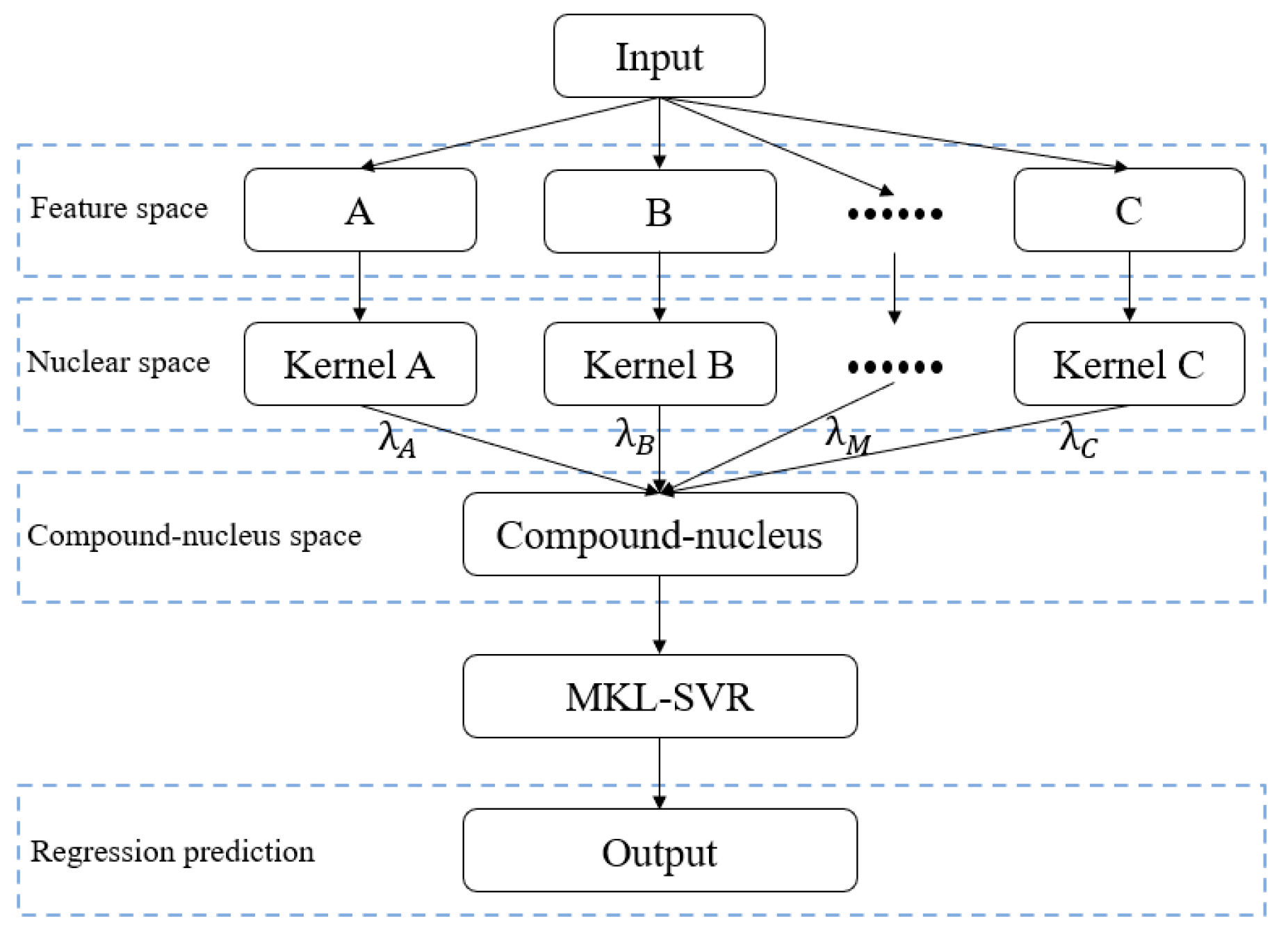
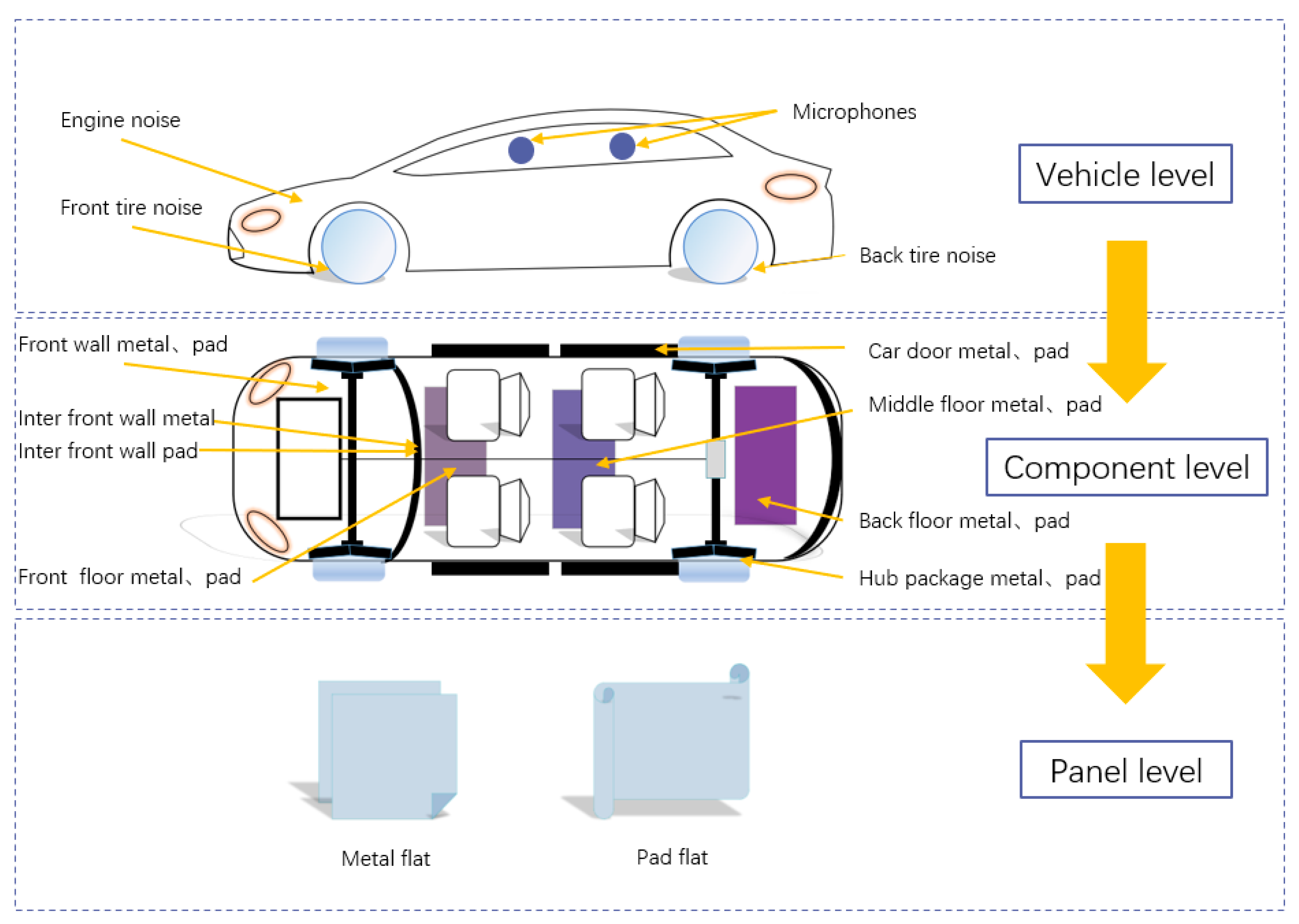
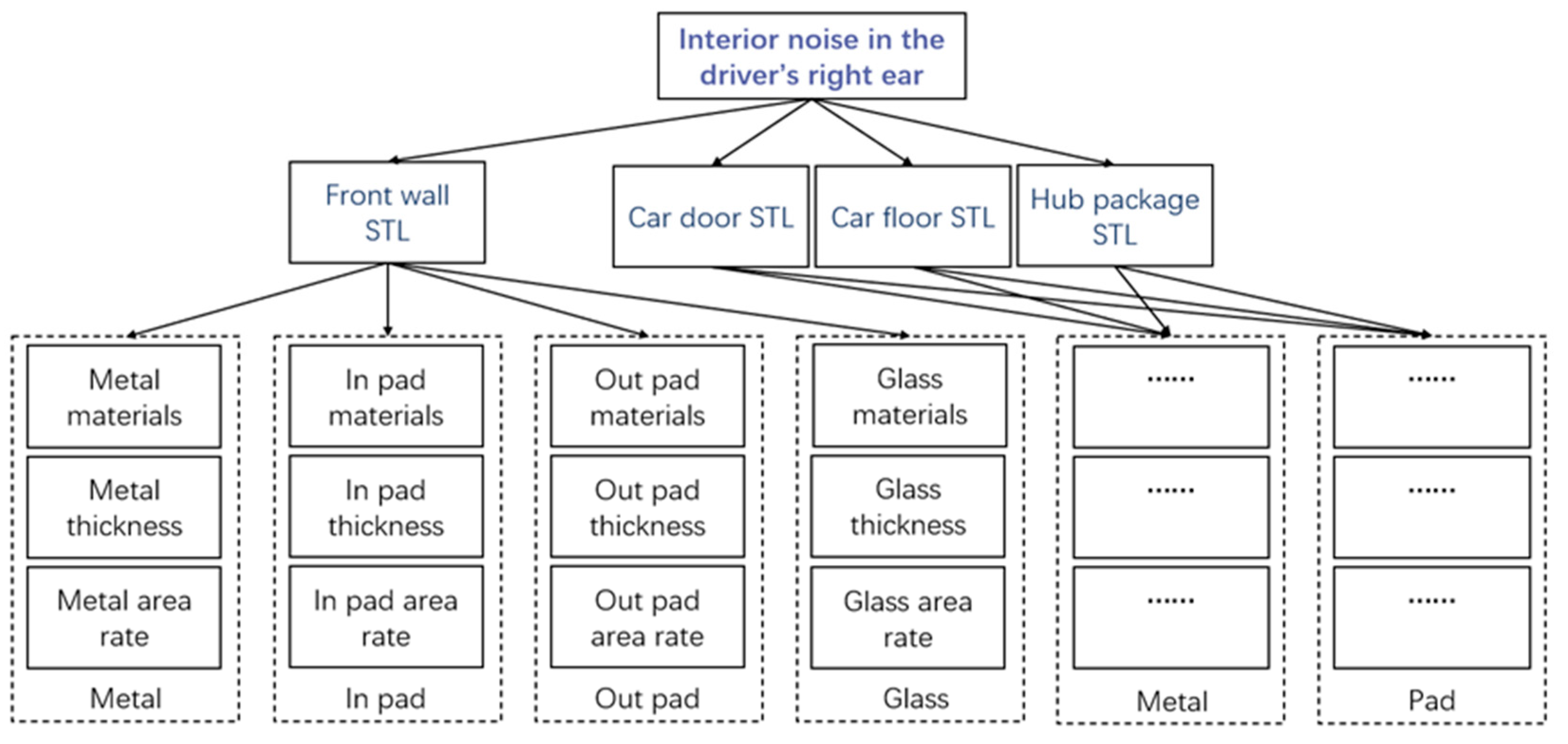
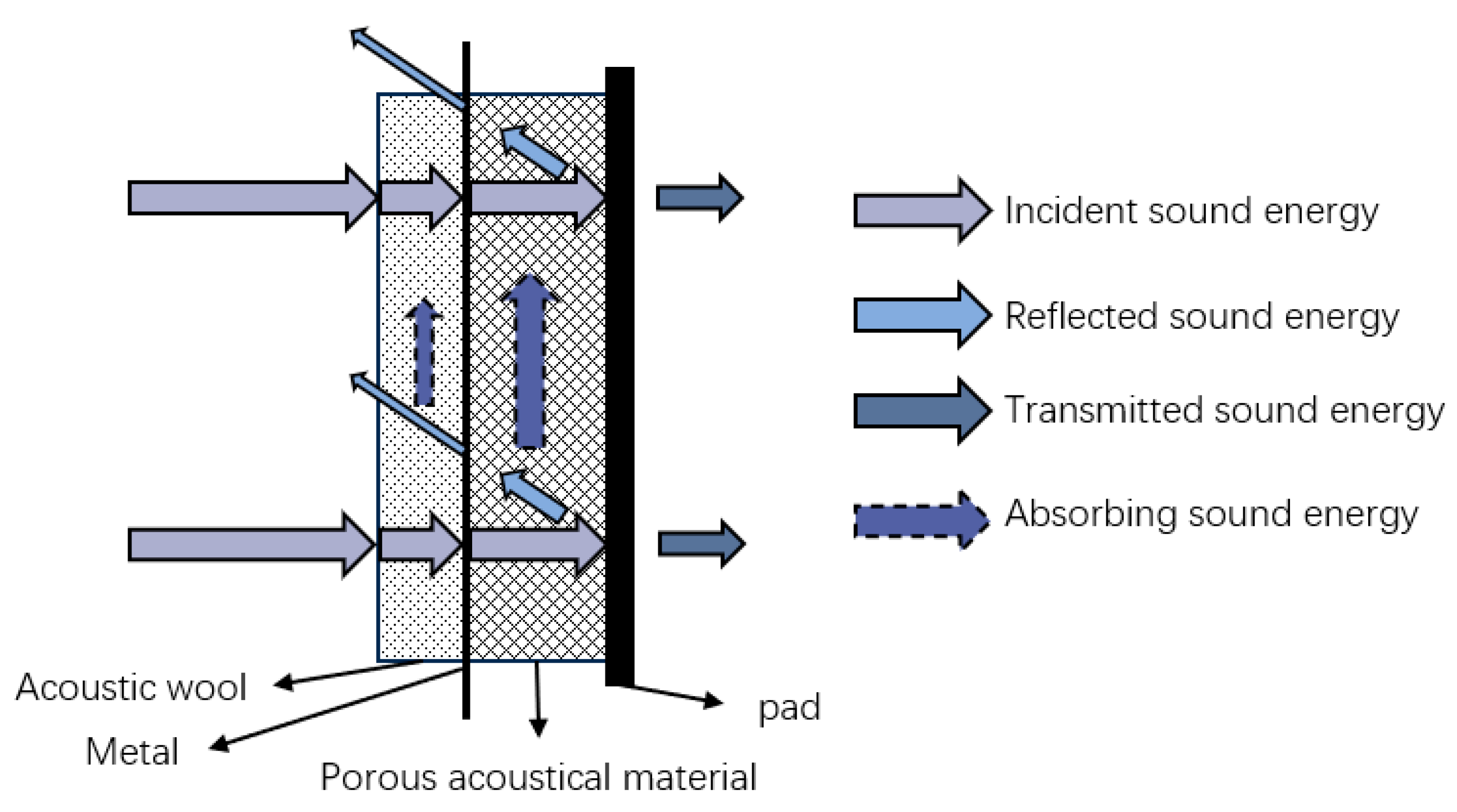
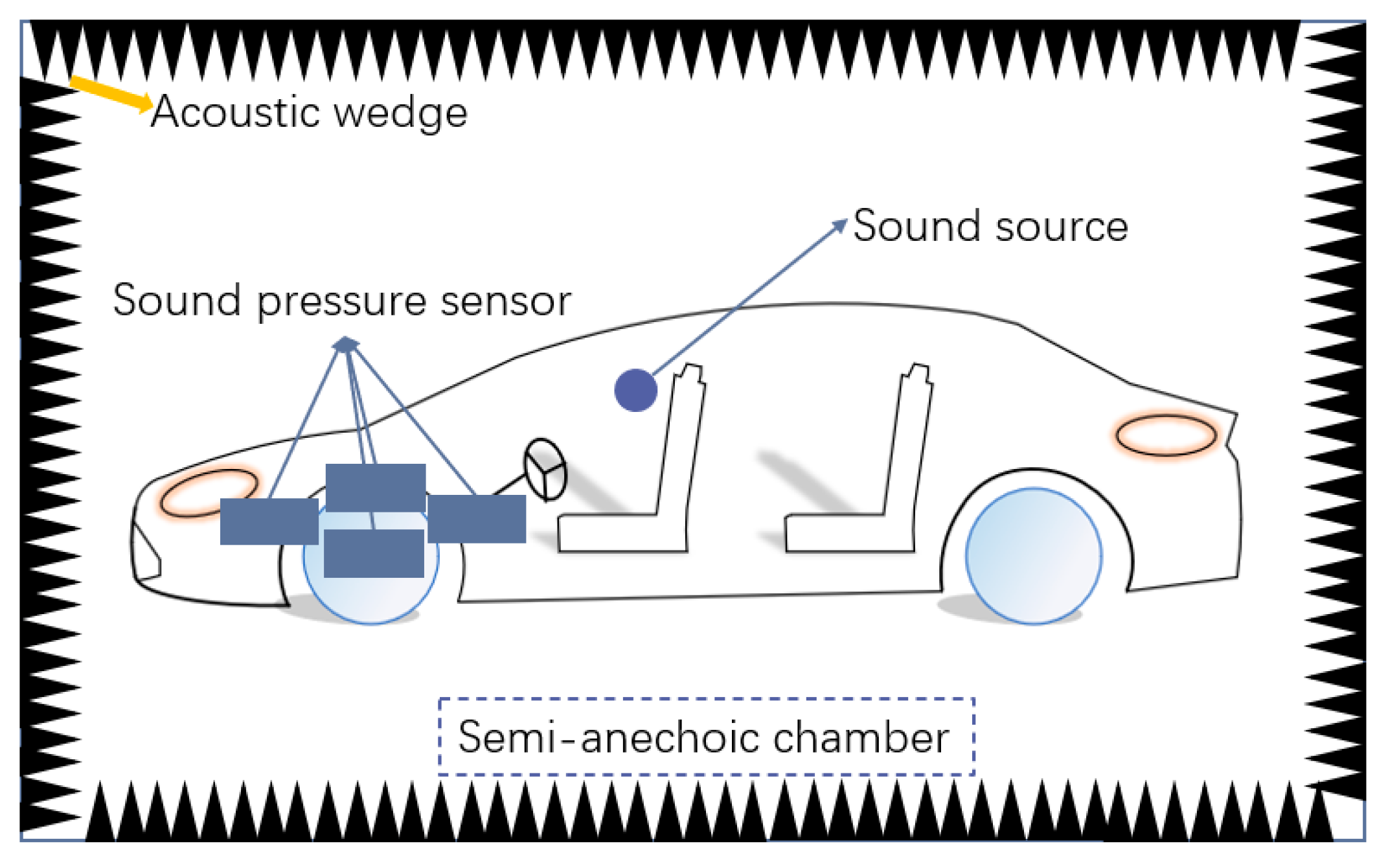
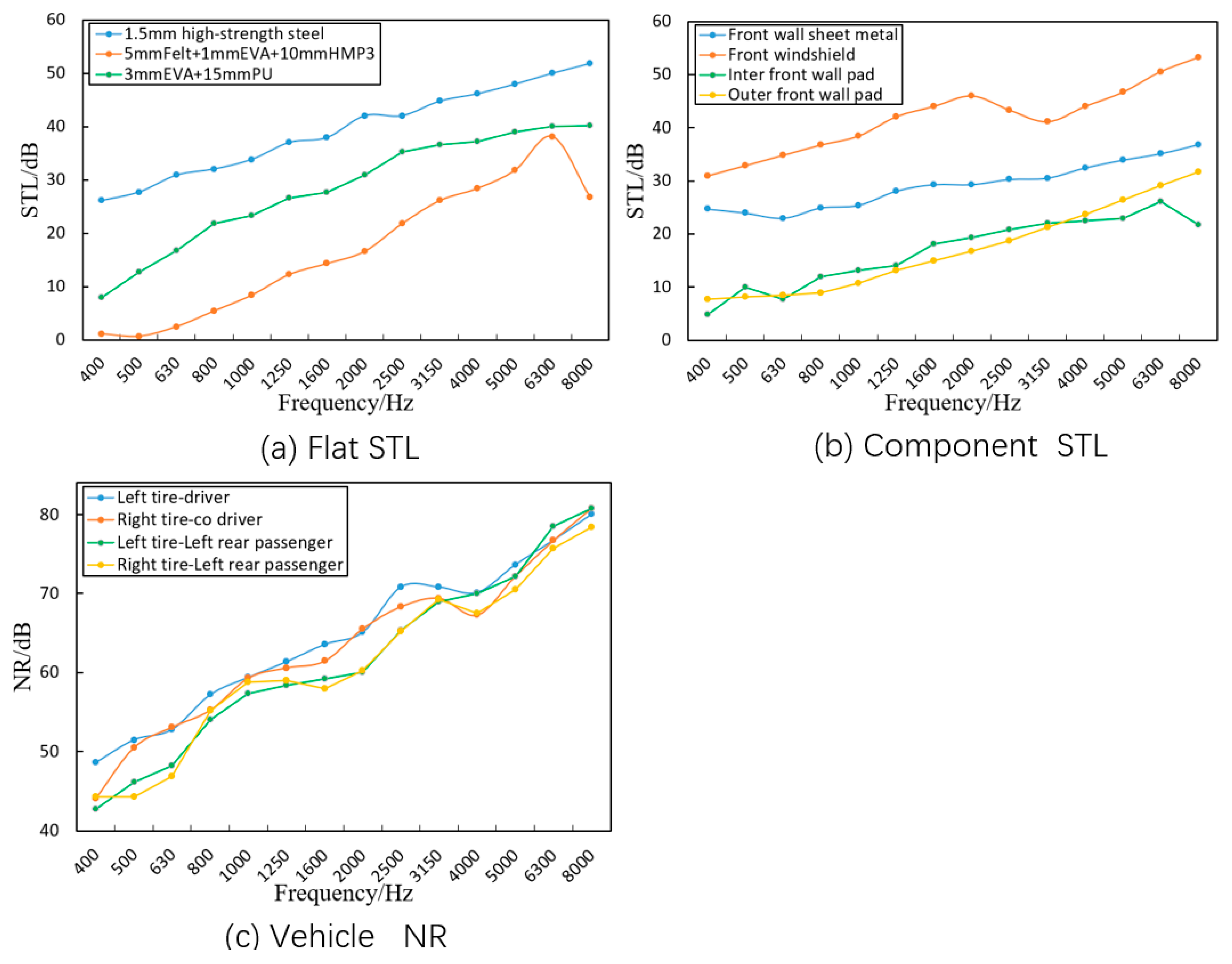
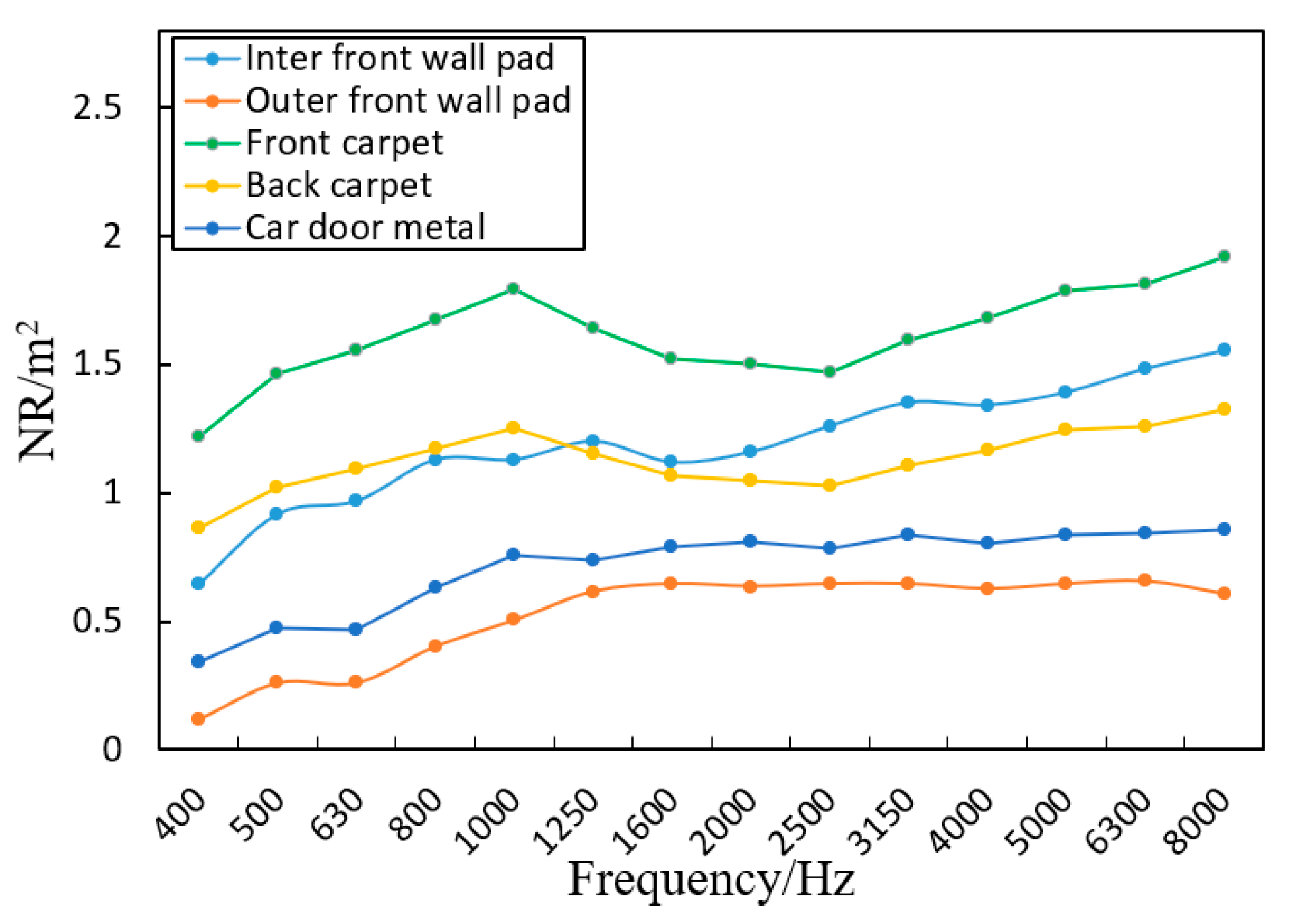

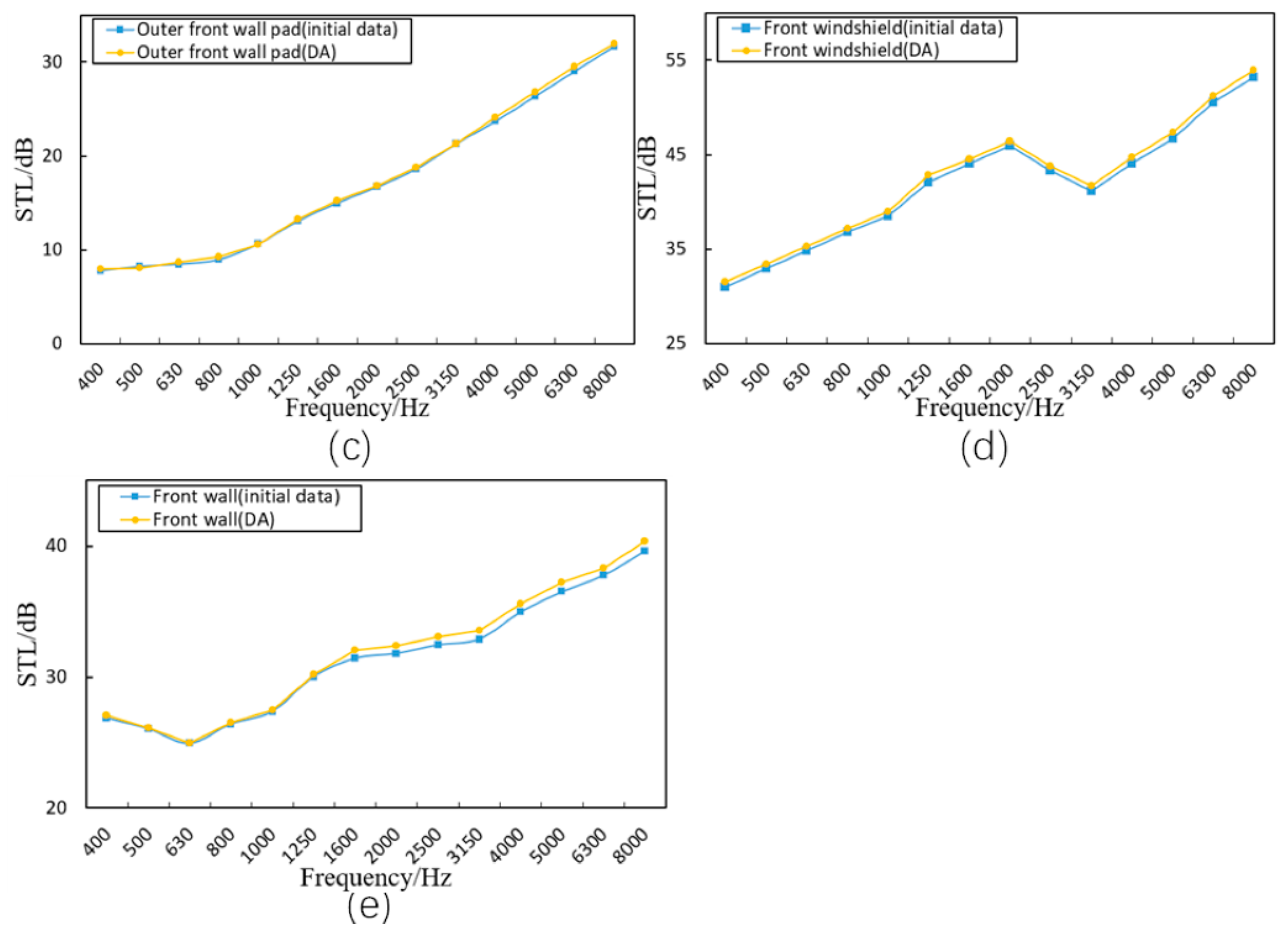
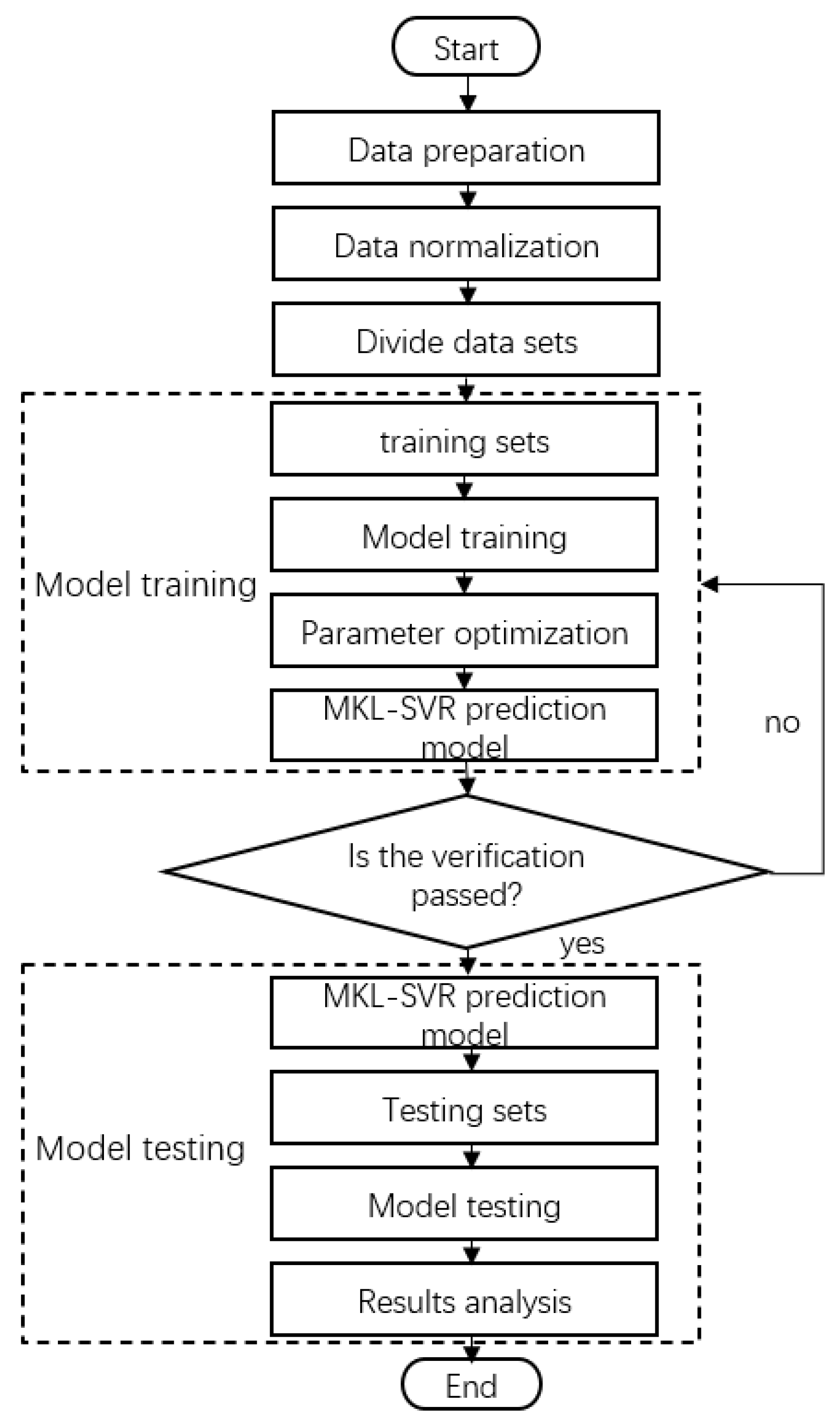
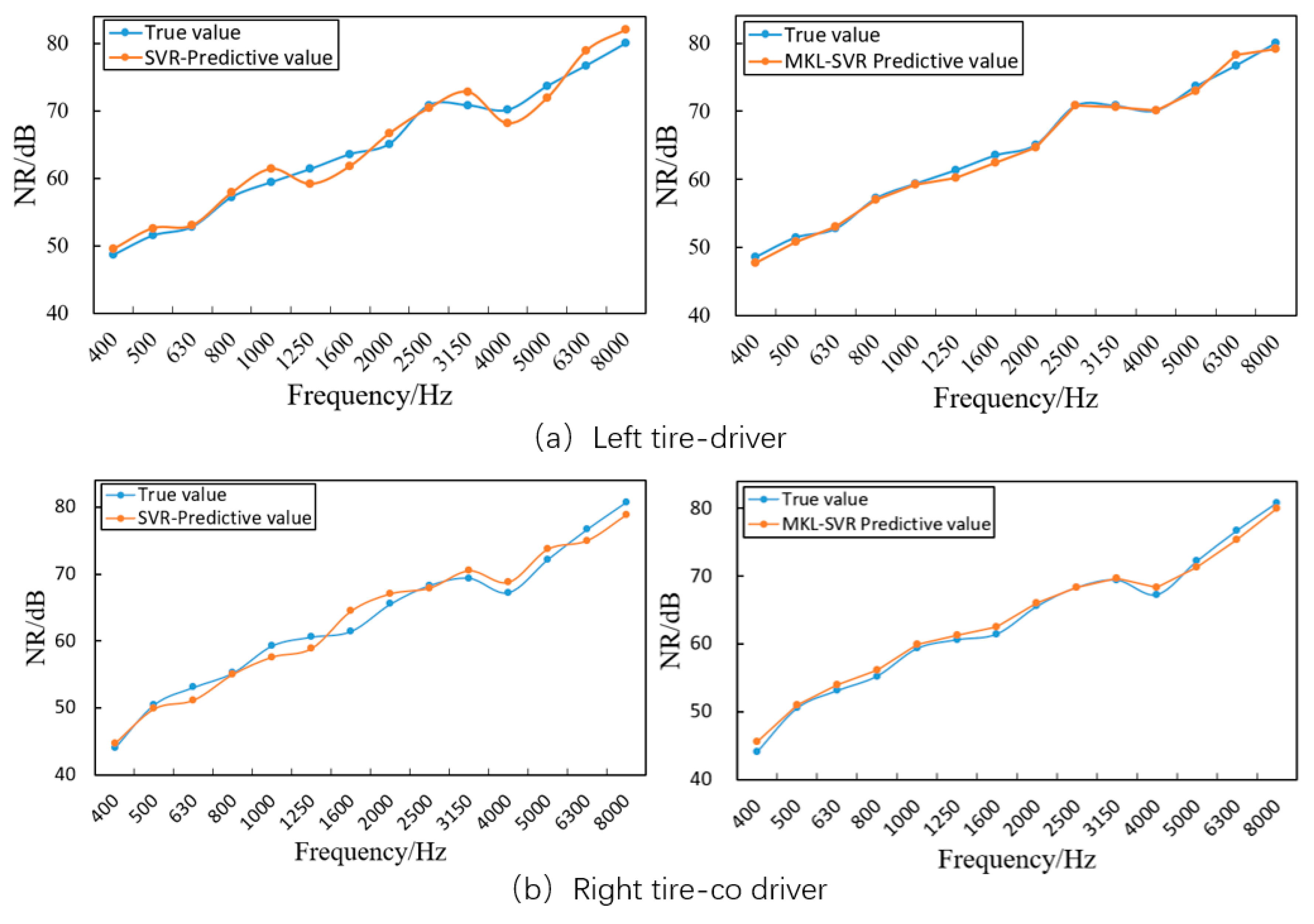
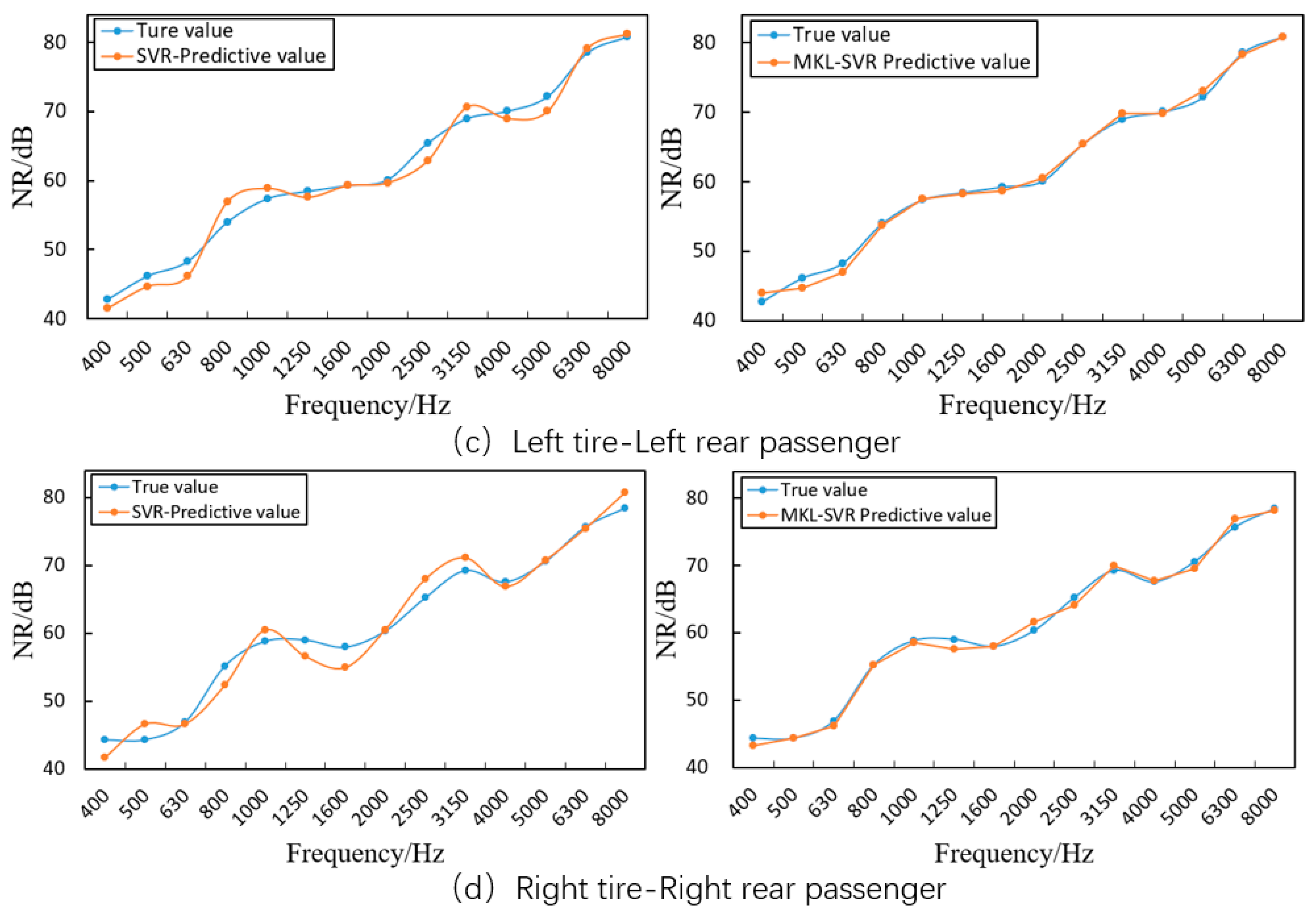
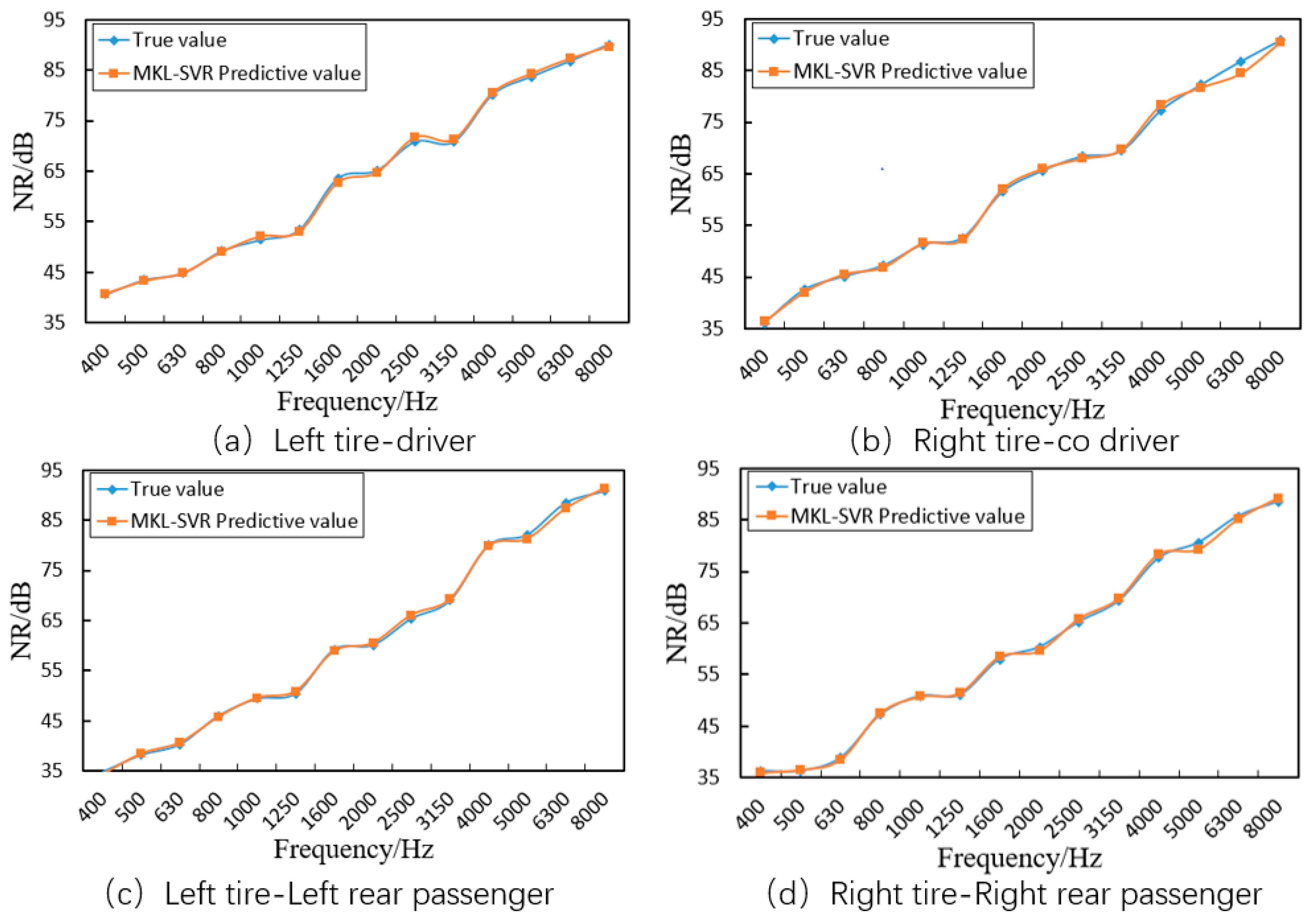
| Name | Expression |
|---|---|
| linear kernel | K () = |
| polynomial kernel | K () = |
| Gaussian kernel | K () = |
| sigmoid nucleus | K () = tanh () |
| Frequency (Hz) | Front Wall STL (dB) | Front Wall Sheet Metal STL (dB) | Inter Front Wall Pad STL (dB) | Outer Front Wall Pad STL (dB) | Front Windshield STL (dB) |
|---|---|---|---|---|---|
| 400 | 25.85 | 24.68 | 4.84 | 7.74 | 30.97 |
| 500 | 28.63 | 23.95 | 9.92 | 8.23 | 32.90 |
| 630 | 32.16 | 22.98 | 7.74 | 8.47 | 34.84 |
| 800 | 34.68 | 24.92 | 11.85 | 8.95 | 36.77 |
| 1000 | 36.42 | 25.40 | 13.06 | 10.65 | 38.47 |
| 1250 | 38.12 | 28.06 | 14.03 | 13.06 | 42.10 |
| 1600 | 40.28 | 29.27 | 18.15 | 15.01 | 44.03 |
| 2000 | 41.90 | 29.27 | 19.35 | 16.69 | 45.97 |
| 2500 | 43.59 | 30.24 | 20.81 | 18.63 | 43.31 |
| 3150 | 45.98 | 30.48 | 22.02 | 21.29 | 41.13 |
| 4000 | 48.43 | 32.42 | 22.51 | 23.71 | 44.03 |
| 5000 | 50.34 | 33.87 | 22.98 | 26.37 | 46.69 |
| 6300 | 51.72 | 35.08 | 26.13 | 29.03 | 50.56 |
| 8000 | 51.92 | 36.77 | 21.77 | 31.69 | 53.23 |
| Configuration | Parameter | |
|---|---|---|
| learning mode | single-core learning | MKL-SVR |
| number of training sets/validation sets | 45/10 | 45/10 |
| kernel function | Gaussian kernel function | Gaussian kernel function, polynomial kernel function, sigmoid kernel function |
| cross validation mode | five-fold cross validation | five-fold cross validation |
| parameter optimization method | grid search | grid search |
| parameter optimization range | c, g () | r, c, g (), (1,8), (0,1) |
| Noise Transfer Path | Single-Core Learning | MKL | ||
|---|---|---|---|---|
| Gaussian Kernel | Polynomial Kernel | Sigmoid Kernel | MKL-SVR | |
| left tire—driver | 2.65% | 2.73% | 2.71% | 1.17% |
| right tire—co driver | 2.15% | 2.92% | 2.38% | 0.84% |
| left tire—left rear passenger | 2.73% | 2.95% | 2.81% | 1.25% |
| right tire—right rear passenger | 2.61% | 2.69% | 2.75% | 1.40% |
| Noise Transfer Path | Single-Core Learning | MKL | ||
|---|---|---|---|---|
| Gaussian Kernel | Polynomial Kernel | Sigmoid Kernel | MKL-SVR | |
| left tire—driver | 2.49% | 1.07% | 2.65% | 1.17% |
| right tire—co driver | 1.84% | 0.75% | 2.15% | 0.84% |
| left tire—left rear passenger | 2.64% | 1.18% | 2.73% | 1.25% |
| right tire—right rear passenger | 2.54% | 1.21% | 2.61% | 1.40% |
| Path | Average Relative Error | Maximum Relative Error |
| left tire—driver | 1.22% | 1.30% |
| right tire—co driver | 1.09% | 1.37% |
| left tire—left rear passenger | 0.86% | 1.06% |
| right tire—right rear passenger | 1.09% | 0.96% |
Disclaimer/Publisher’s Note: The statements, opinions and data contained in all publications are solely those of the individual author(s) and contributor(s) and not of MDPI and/or the editor(s). MDPI and/or the editor(s) disclaim responsibility for any injury to people or property resulting from any ideas, methods, instructions or products referred to in the content. |
© 2024 by the authors. Licensee MDPI, Basel, Switzerland. This article is an open access article distributed under the terms and conditions of the Creative Commons Attribution (CC BY) license (https://creativecommons.org/licenses/by/4.0/).
Share and Cite
Sun, P.; Dai, R.; Li, H.; Zheng, Z.; Wu, Y.; Huang, H. Multi-Objective Prediction of the Sound Insulation Performance of a Vehicle Body System Using Multiple Kernel Learning–Support Vector Regression. Electronics 2024, 13, 538. https://doi.org/10.3390/electronics13030538
Sun P, Dai R, Li H, Zheng Z, Wu Y, Huang H. Multi-Objective Prediction of the Sound Insulation Performance of a Vehicle Body System Using Multiple Kernel Learning–Support Vector Regression. Electronics. 2024; 13(3):538. https://doi.org/10.3390/electronics13030538
Chicago/Turabian StyleSun, Ping, Ruxue Dai, Haiqing Li, Zhiwei Zheng, Yudong Wu, and Haibo Huang. 2024. "Multi-Objective Prediction of the Sound Insulation Performance of a Vehicle Body System Using Multiple Kernel Learning–Support Vector Regression" Electronics 13, no. 3: 538. https://doi.org/10.3390/electronics13030538
APA StyleSun, P., Dai, R., Li, H., Zheng, Z., Wu, Y., & Huang, H. (2024). Multi-Objective Prediction of the Sound Insulation Performance of a Vehicle Body System Using Multiple Kernel Learning–Support Vector Regression. Electronics, 13(3), 538. https://doi.org/10.3390/electronics13030538





